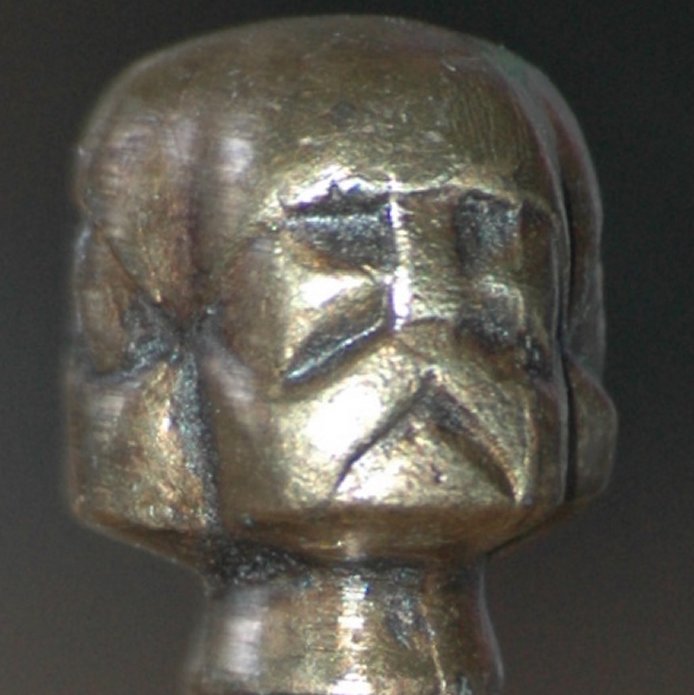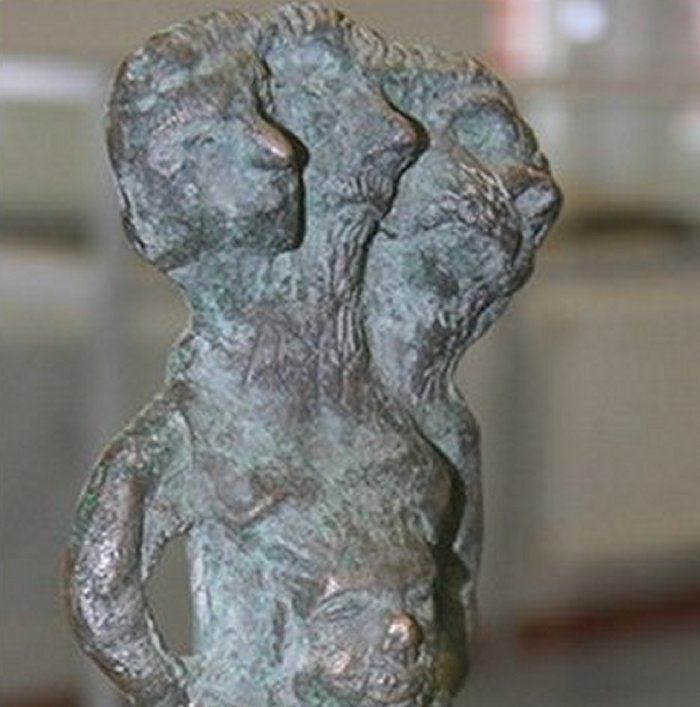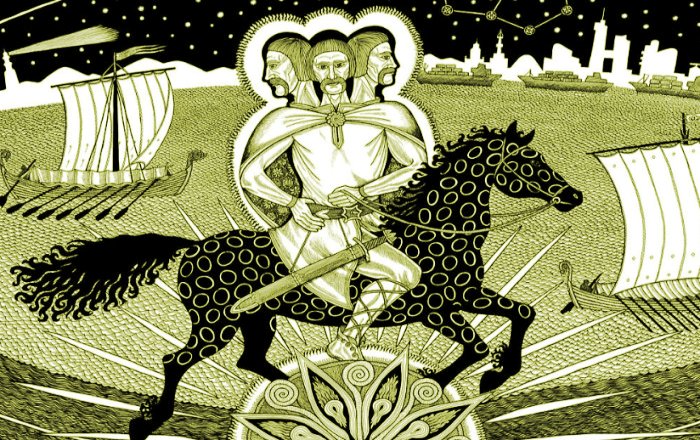Triglav (Trzygłów) – Powerful Three-Headed Slavic God Of Vigilance, Sea Storms Who Supervised Sky, Earth, And Underworld
A. Sutherland - AncientPages.com - In Slavic mythology, Triglav (Trzyglów) was the local deity worshiped as a protector of war, riding a black divination horse. Triglav had also power over sea storms.
Six-centimeter-long figurine of Triglav. Image credit: Radosław Drożdżewski (Zwiadowca21) - CC BY-SA 3.0
The name 'Triglav''' Triglav' is most likely his secondary name and replacement for the original one, which is long forgotten. Triglav was a three-headed deity frequently identified with Svarog and Veles, whose possible incarnations in Slavic beliefs included Trojan (divine Guardian of Righteous Paths) and Triglav.
It is worth noting that Triglav did not represent a specific deity but symbolized the unification of the three greatest Slavic gods: Svarog-Perun-Svantevit.
His three heads were not related to a horizontal order determined by four sides of the world (north-south and east-west), as in the case of Svantevit, but a standing order. He directed one pair of eyes at the sky; the other monitored the ground, while the third focused on the underworld.
His Gaze Could Break The Walls Of Yav, Nav And Prav
Triglav was usually depicted as a man with three goat heads or a three-headed man, sometimes with gold bandages over his eyes and mouth. The priests claimed that Triglav was highly fond of the people and did not want to see their sins and speak of (or judge) them.
The first Triglav figurine found in 1768 near the village of Prilwitz (German: Prillwitzer Idole), source
According to another interpretation, his strength was so intense that only his gaze could break the walls between the three worlds of Jav (Yav), Nav, and Prav, with which his believers personified him.
Capable of fortune-telling, Triglav was frequently advised on war matters. His attributes were a holy oak and a giant black horse.
"...A horse of noble stature and black color also played a part in worshipping Triglav. No mortal man was allowed to mount this steed, and it was used in divination like the horse of Svantovit. In front of the temple, whenever a warlike expedition was about to be undertaken, the priests placed nine lances about a yard apart. The head priest then led the horse, adorned with a gold and silver saddle, thrice across these lances; if he stepped over without touching any of them, it was considered a favorable omen, and the expedition was decided upon..." (Macculloch, J. A. The Mythology of All Races Vol 3)
Consequently, all the worlds would mix, triggering the disappearance of the earthly world and humanity. Therefore, to preserve the world as it is, many ancient Slavic priests served Triglav and transmitted his ultimate will to the people.
Triglav Was Highly Honored Among Western Slavs
Triglav - the Lord of the Three Worlds - was worshiped primarily among Western Slavs, and the traces of Triglav's cult were discovered in the region of today's Szczecin (Stettin), a city in northwestern Poland, on the island of Wolin and later, in Brenna (Brandenburg).
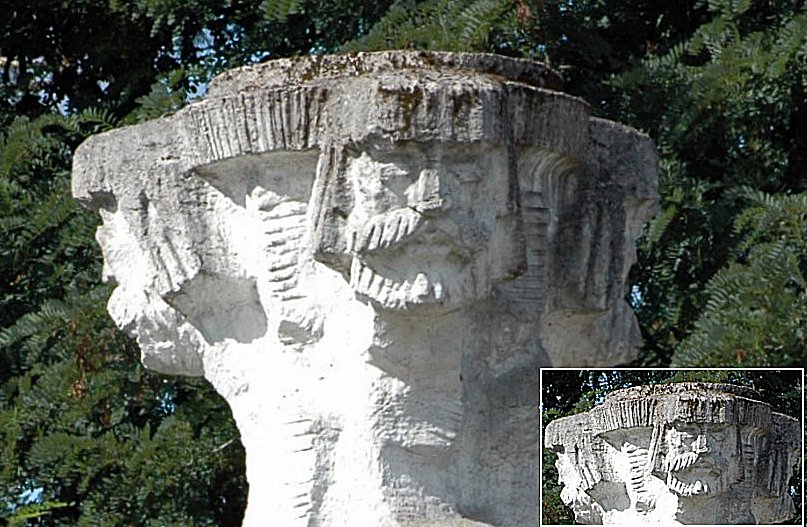 Statue of Triglav in Wolin, Poland. Image credit: Radosław Drożdżewski (Zwiadowca21) - CC BY-SA 3.0
Statue of Triglav in Wolin, Poland. Image credit: Radosław Drożdżewski (Zwiadowca21) - CC BY-SA 3.0
Several temples dedicated to Triglav existed near present-day Szczecin, Poland, where the Slavs held him in exceptionally high esteem.
The most striking confirmation of Triglav's enormous admiration among ancient people in this region was the temple of this god, located on the highest hills. The walls were covered with black fabric, giving the temple an unusual and sacred appearance. Majestic, beautiful columns decorated the temple.
The worshipers built three buildings near the sacred temple, which was a place for important meetings and feasts. One of them had walls decorated with reliefs that portrayed people, birds, and wild animals so accurately that they seemed to breathe and live, according to Herbord, a Benedictine monk and biographer of Bishop Otto von Bamberg.
Slavic god Triglav. Image credit: Mhapon - CC BY-SA 4.0
The statues of Triglav - made of gold and silver - were usually large, massive, and difficult to destroy for the conquerors who used more than two dozen oxen, according to ancient stories.
According to 'Biographies' Otto von Bamberg, a bishop who undertook two missionary journeys to the region in 1124 and 1128, the large body of the statue, which was destroyed by the bishop himself, who took the connected Triglav's three heads as a trophy.
He sent the artifacts to Rome as evidence of the conversion of the Pomeranian Slavs to Christianity.
Finally, when Christianity arrived, all temples and statues of Triglav were all demolished, despite the people's attempts to hide them from the priests of Otto of Bamberg.
Written by – A. Sutherland - AncientPages.com Senior Staff Writer
Updated on January 2,, 2024
Copyright © AncientPages.com All rights reserved. This material may not be published, broadcast, rewritten or redistributed in whole or part without the express written permission of AncientPages.com
Expand for referencesReferences:
Urbanczyk St. Dawni Slowianie. Wiara i kult.
Kushnir, Dmitriy. The Slavic Way
Macculloch J. A., The Mythology of All Races
More From Ancient Pages
-
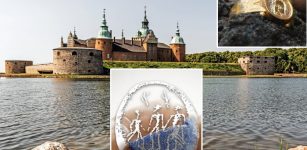 Magnificent Alsengem Among 30,000 Archaeological Objects Discovered In Kalmar, Sweden
Artifacts | Mar 5, 2024
Magnificent Alsengem Among 30,000 Archaeological Objects Discovered In Kalmar, Sweden
Artifacts | Mar 5, 2024 -
 On This Day In History: Albert Einstein Publishes His General Theory Of Relativity – On Mar 20, 1916
News | Mar 20, 2017
On This Day In History: Albert Einstein Publishes His General Theory Of Relativity – On Mar 20, 1916
News | Mar 20, 2017 -
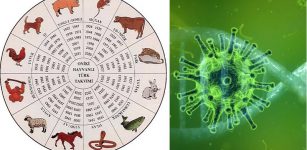 Ancient Calendar Predicted The Coronavirus And Other Disasters In 2020 – History Researcher Says
News | Mar 24, 2020
Ancient Calendar Predicted The Coronavirus And Other Disasters In 2020 – History Researcher Says
News | Mar 24, 2020 -
 Coca-Cola Was Invented As A Cure For Headache And Hangover In The 1880s
Ancient History Facts | Oct 23, 2017
Coca-Cola Was Invented As A Cure For Headache And Hangover In The 1880s
Ancient History Facts | Oct 23, 2017 -
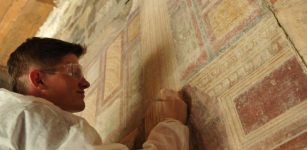 Poles conduct mural restoration in the villa buried by the ashes of Vesuvius
News | Aug 26, 2015
Poles conduct mural restoration in the villa buried by the ashes of Vesuvius
News | Aug 26, 2015 -
 World’s Oldest Burial Site Reveals Homo Naledi Buried Their Dead 100,000 Years Before Humans
Archaeology | Jun 6, 2023
World’s Oldest Burial Site Reveals Homo Naledi Buried Their Dead 100,000 Years Before Humans
Archaeology | Jun 6, 2023 -
 Why Did Ancient Romans Build So Many Straight Roads?
Ancient History Facts | Aug 9, 2017
Why Did Ancient Romans Build So Many Straight Roads?
Ancient History Facts | Aug 9, 2017 -
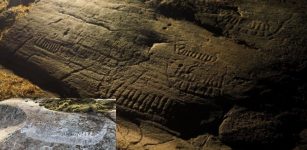 Ancient Petroglyph Code Cracked By Archaeological Explorers
News | Apr 10, 2020
Ancient Petroglyph Code Cracked By Archaeological Explorers
News | Apr 10, 2020 -
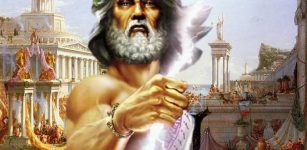 Gods’ Creation Of Five Different Human Races – Ages Of Man On The Earth And The End Of The World
Featured Stories | Jan 26, 2018
Gods’ Creation Of Five Different Human Races – Ages Of Man On The Earth And The End Of The World
Featured Stories | Jan 26, 2018 -
 Ancient DNA Illuminates Unknown ‘Ghost’ Populations In Sub-Saharan Africa
Archaeology | Jan 22, 2020
Ancient DNA Illuminates Unknown ‘Ghost’ Populations In Sub-Saharan Africa
Archaeology | Jan 22, 2020 -
 Ancient Egyptians Invented Toothpaste
Ancient Technology | Dec 26, 2015
Ancient Egyptians Invented Toothpaste
Ancient Technology | Dec 26, 2015 -
 Superior Sword Of Goujian: Jian Weapon And Legend Of Immortal With Good Advice
Artifacts | Oct 15, 2019
Superior Sword Of Goujian: Jian Weapon And Legend Of Immortal With Good Advice
Artifacts | Oct 15, 2019 -
 Mystery Of Famous Viking Ruler Rollo: DNA Experts Seek The Truth About His Identity
Featured Stories | Mar 16, 2016
Mystery Of Famous Viking Ruler Rollo: DNA Experts Seek The Truth About His Identity
Featured Stories | Mar 16, 2016 -
 Bezvodovka: Little Known Ancient Solar Observatory In Ukraine Reveals Its Secrets
Archaeoastronomy | Jan 4, 2017
Bezvodovka: Little Known Ancient Solar Observatory In Ukraine Reveals Its Secrets
Archaeoastronomy | Jan 4, 2017 -
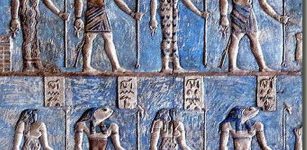 Number Eight Powerful Symbol In Ancient Traditions Of Many Cultures
Ancient Symbols | Dec 8, 2017
Number Eight Powerful Symbol In Ancient Traditions Of Many Cultures
Ancient Symbols | Dec 8, 2017 -
 On This Day In History: Treaty of Bergerac Ratified – On Sep 17, 1577
News | Sep 17, 2016
On This Day In History: Treaty of Bergerac Ratified – On Sep 17, 1577
News | Sep 17, 2016 -
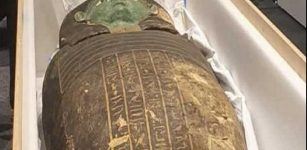 Egypt Recovers Ancient Wooden Coffin From Houston Museum In The US
Archaeology | Oct 4, 2022
Egypt Recovers Ancient Wooden Coffin From Houston Museum In The US
Archaeology | Oct 4, 2022 -
 Enigmatic Ancient City Where People Experience Telepathy And Higher Level Of Consciousness
Featured Stories | Oct 10, 2018
Enigmatic Ancient City Where People Experience Telepathy And Higher Level Of Consciousness
Featured Stories | Oct 10, 2018 -
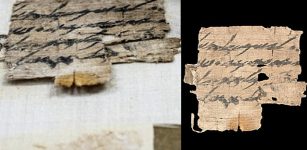 Unique 2700-Year-Old Papyrus With Inscription In Paleo-Hebrew Acquired By Israel From U.S
Archaeology | Sep 7, 2022
Unique 2700-Year-Old Papyrus With Inscription In Paleo-Hebrew Acquired By Israel From U.S
Archaeology | Sep 7, 2022 -
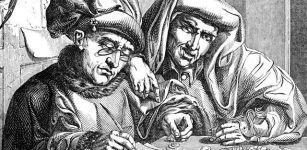 What Was Humor Like In The 13th Century?
Featured Stories | Jun 22, 2018
What Was Humor Like In The 13th Century?
Featured Stories | Jun 22, 2018

